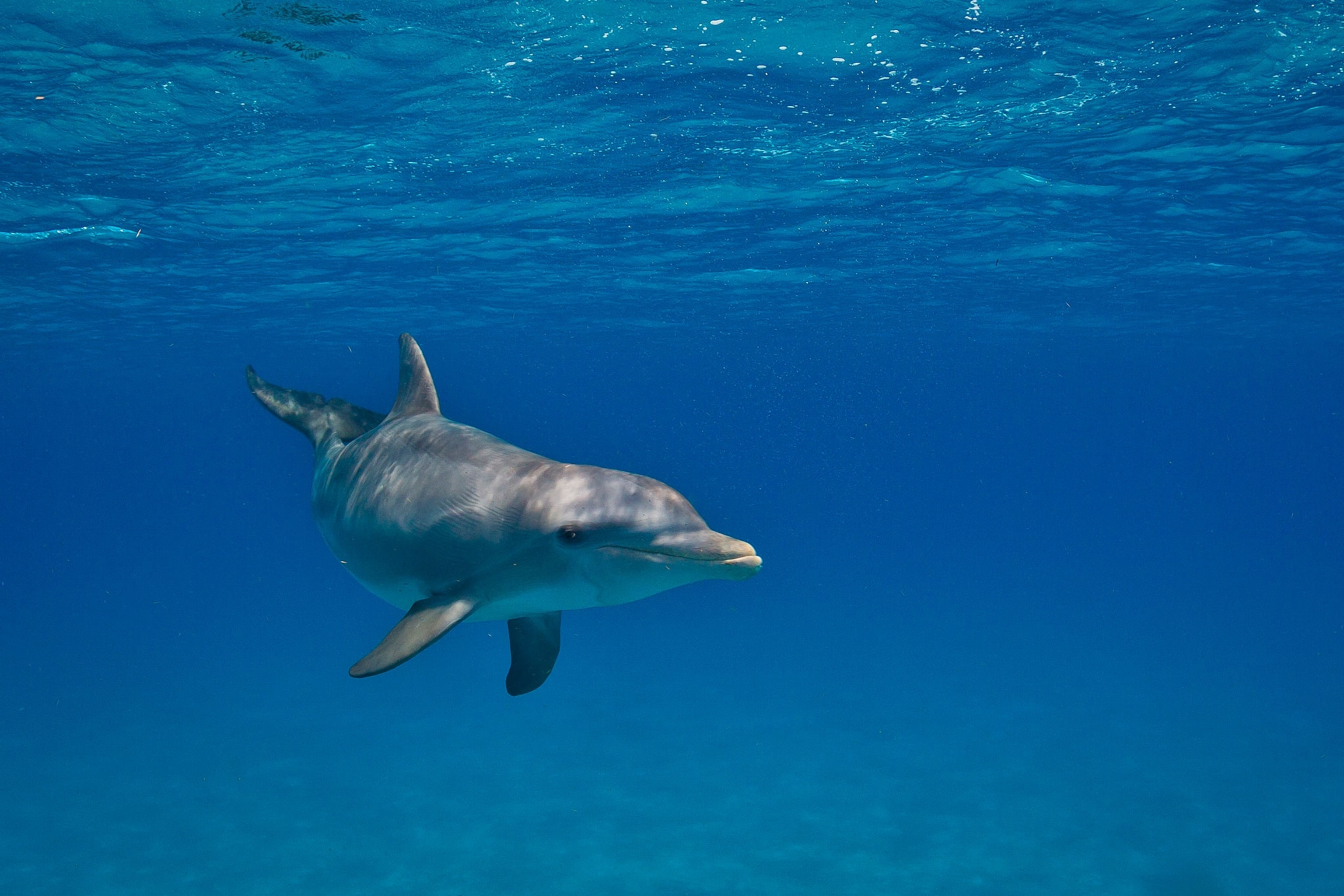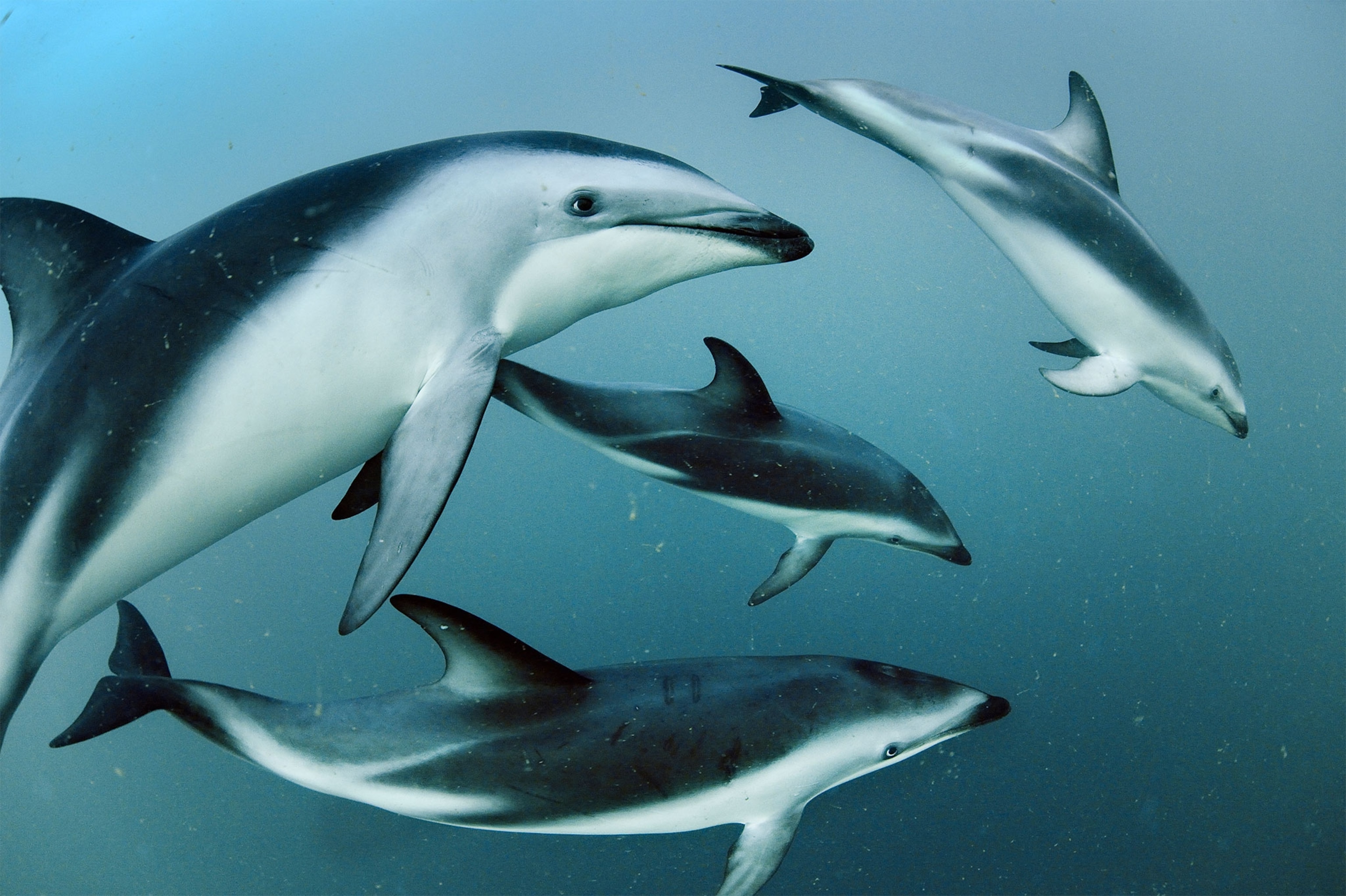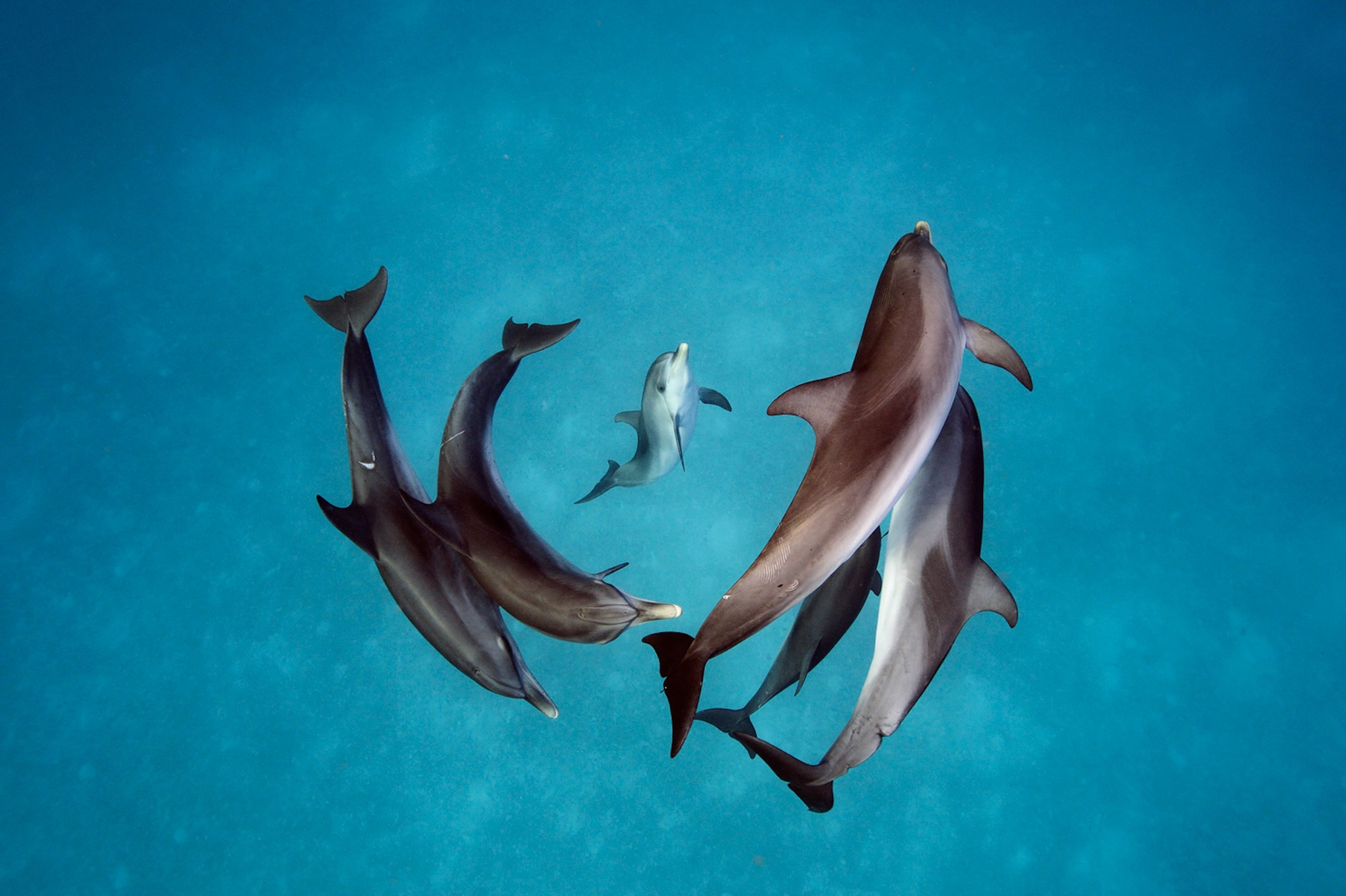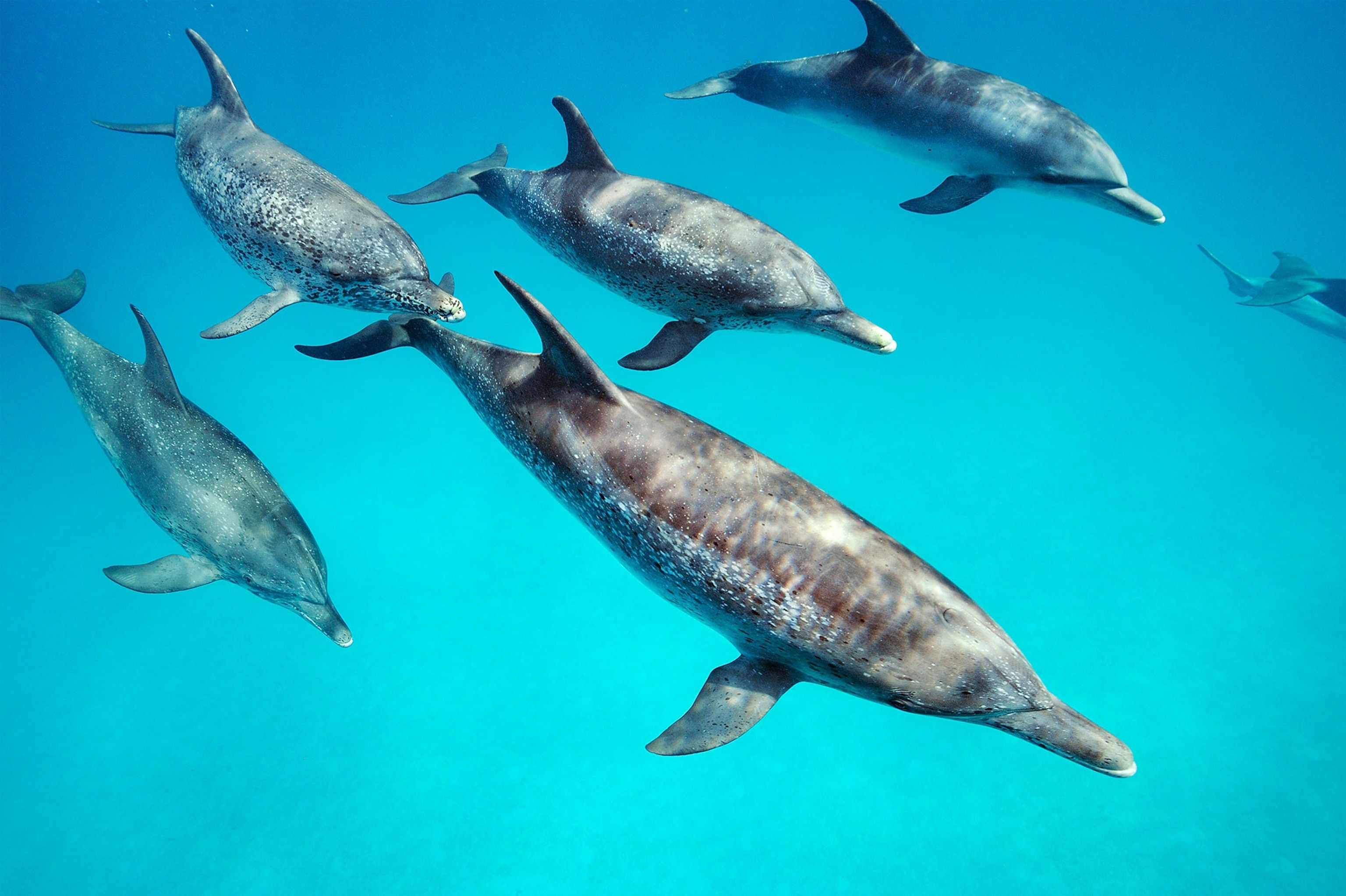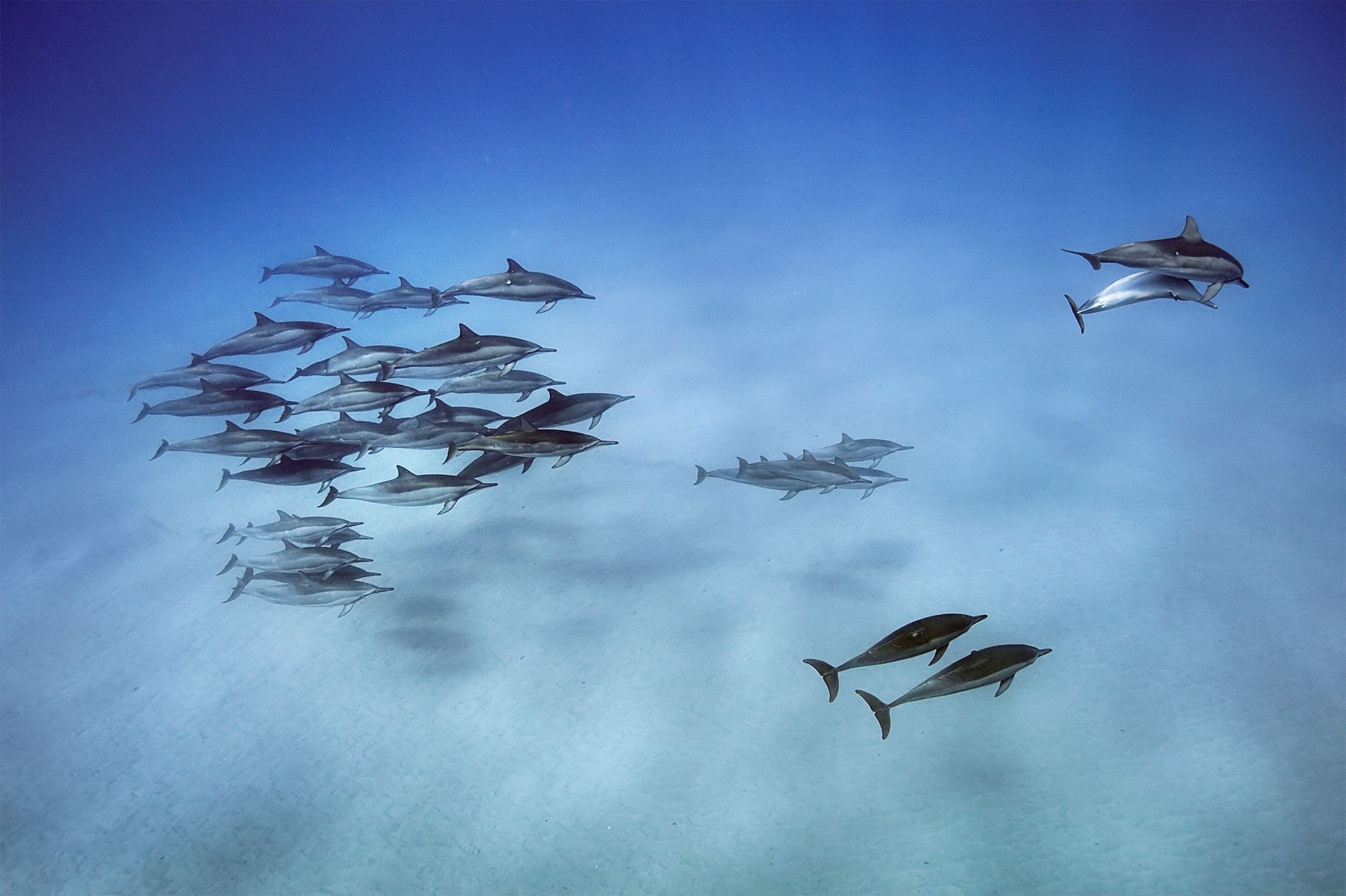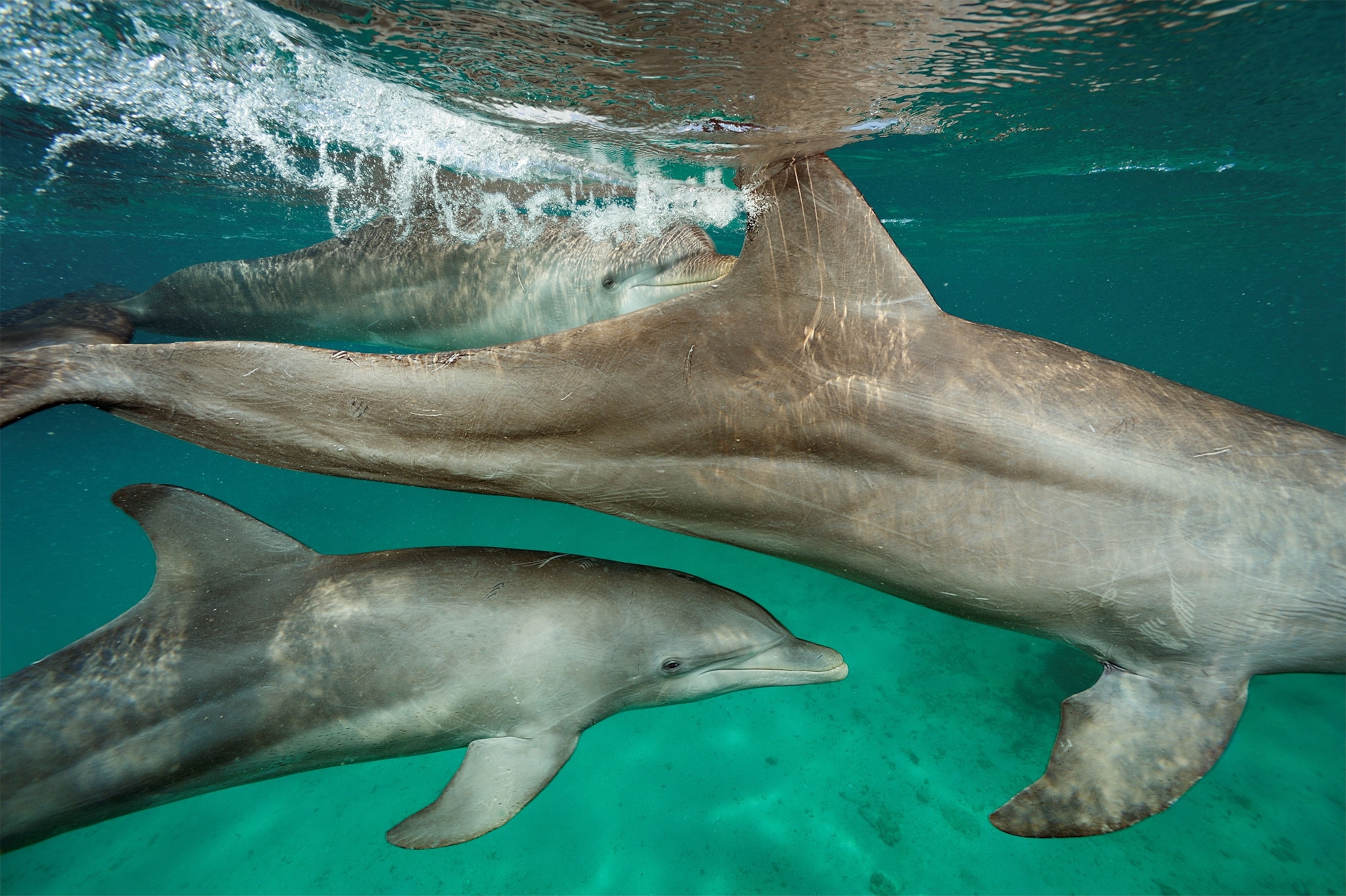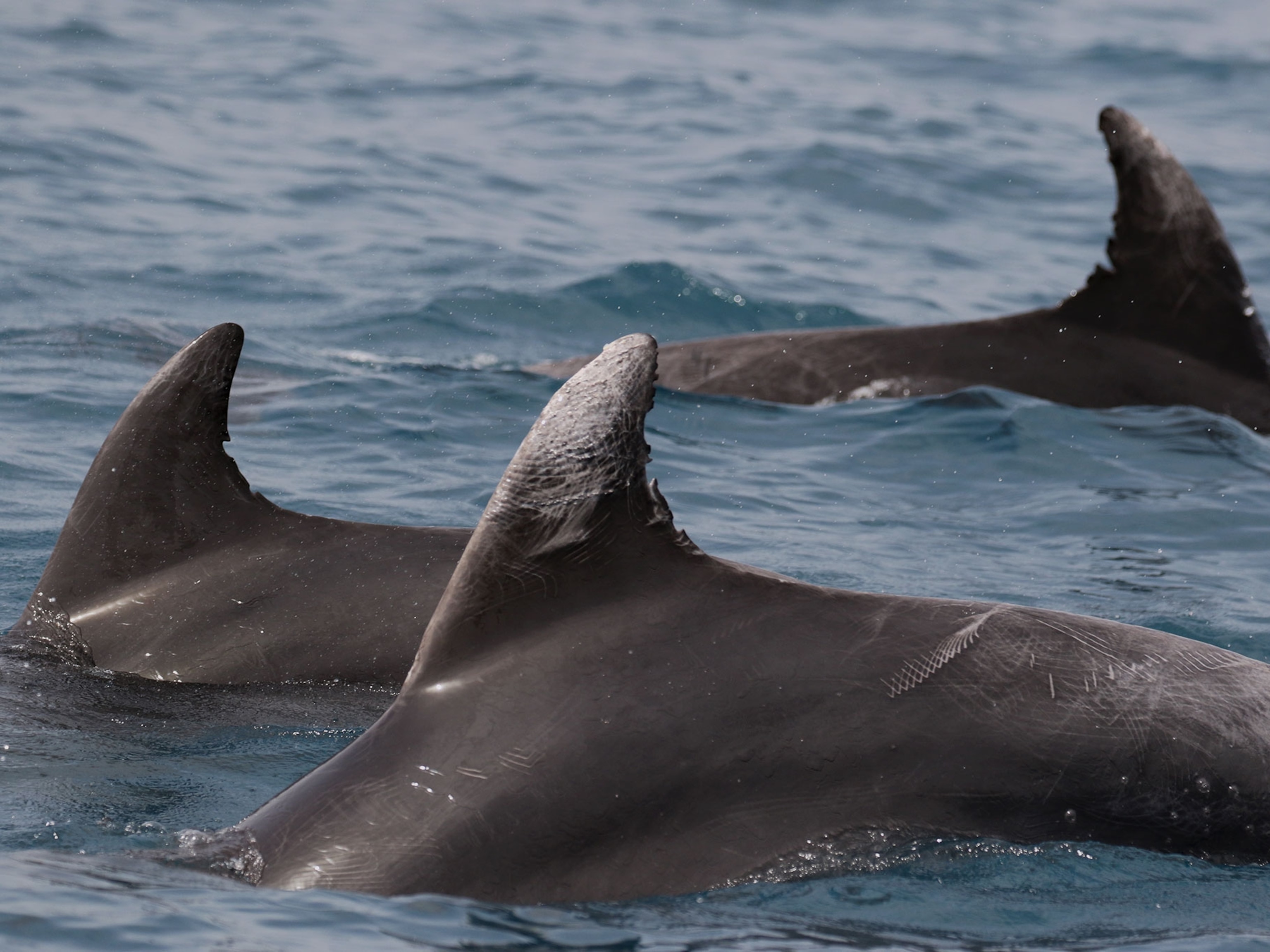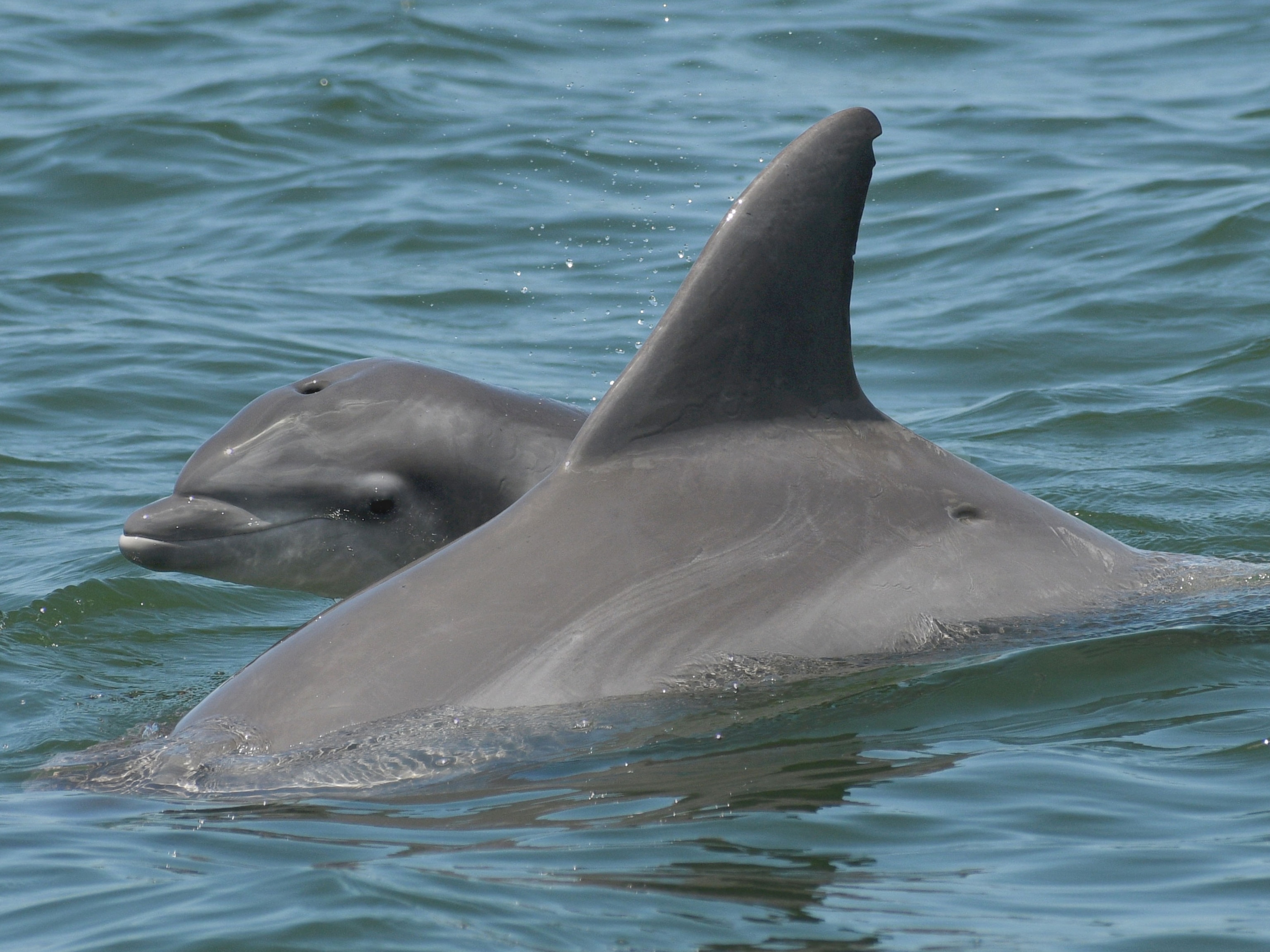The bottlenose dolphins of Sarasota bay are known to be friendly and curious—and a draw for tourists. But new research shows the dolphins can't escape manmade chemicals, which are accumulating in their bodies and potentially impacting their health.
A study published this week in the journal American Geophysical Union found that phthalates, a common class of chemical additives found in many of the goods inside our homes—such as plastics, cosmetics, and paints—are also present in bottlenose dolphins.
From 2016 to 2017, researchers from the College of Charleston and Chicago Zoological Society collected urine samples from 17 dolphins found in the bay. Urine allowed researchers to see chemicals that were still present anywhere from three to six months after the dolphin came into contact with it.
This is the first time these chemicals have been found in wild dolphins. The animals in this area have become well-known to researchers, who have been studying these creatures for more than 40 years.
“We weren't surprised to detect exposure, but what was surprising were the levels we were detecting,” says the study's lead author Leslie Hart.
At least one form of phthalate was found in 71 percent of the tested dolphins.
Because this was the first time researchers used urine to test, Hart says they’re still establishing what’s considered normal or abnormal. But some of the dolphins had levels of phthalate metabolites comparable to concentrations detected in people, she says, which is surprising since humans presumably come into more regular contact with objects—like plastics or cosmetics—that contain these chemicals.
While scientists now have a better idea of which chemicals are ending up in dolphins, the study raises concerning questions about how the animals might be coming into contact with phthalates and how this could impact their health.
Phthalates in the Environment
Phthalates are used to make plastics and vinyl softer and more flexible, and they’re extremely widespread in the world’s consumer goods. Before 1999, they were found in infant teething tools like pacifiers, though they have since been banned in some children’s’ toys. The U.S. National Library of Medicine notes that little is known about the full health impacts of phthalates, though they've been found in water, soil, and air.
Because dolphins are high on the food chain, live long lives, and often swim through waters off the coast of urban areas, they’re “great sentinels of the ecosystem,” says dolphin researcher Tara Cox, at Savannah State University, who was not affiliated with the study.
“They can give us info on what’s going on in the environment and what could affect humans,” she notes.
A study of one phthalate compound found that when rats experienced long term exposure to a particular phthalate, they developed liver cancer and had reproductive issues.
Hart's work is part of an ongoing project to study health impacts of phthalates and how they're dispersed throughout the environment. She's also conducted studies using college students to understand the behaviors that increase the risk of exposure.
In some trials, altering the students' consumer behavior—by asking them to not use common products like shampoos and soaps that contain phthalates—showed a measurable decline in the chemical traces found in their bodies.
While scientists still have much to learn about the dangers of phthalates, Hart hopes identifying the biggest sources of these chemicals will reduce exposure and any related health risks.
“You can see trickle-down effects into the environment,” Hart says of reducing consumer demand.
How Dolphins Accumulate It
The next phase of research on dolphins in Sarasota Bay will try to identify how dolphins are metabolizing phthalates. Scientists are also trying to understand how these chemicals get into the dolphins’ bodies. Other aquatic organisms like algae, fish, and some invertebrates have shown traces of phthalates, so it's possible the dolphins are preying on animals that contain these substances.
As plastic breaks down, it also releases phthalates into the water, and runoff from urban centers may contain traces of the chemicals that leach into the ocean.
Without testing animals in other regions, Hart can't say if the issue is widespread, but she says it stands to reason that other dolphin populations could show traces of similar chemicals.
Cox agrees that the issue is likely more widespread than Florida. “Anywhere with humans in close proximity, you’ll have this runoff,” she says.
